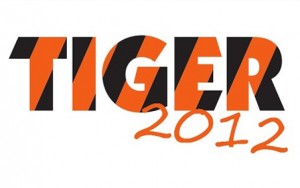Cross posted from Fastlane.DOT.gov
Americans want transportation choices. And with the TIGER grant program, we’re committed to investing in innovative projects that deliver those options, whether it means taking public transportation, walking, or driving a car.
Last week, DOT joined the Department of Housing and Urban Development (HUD) to announce a $14.9 million TIGER grant for the Main Street to Main Street Multimodal Connector, which will improve transportation links between downtown Memphis, Tennessee, and West Memphis, Arkansas.
The project, which was selected by a panel of DOT, HUD, and EPA officials, will develop a new bike trail using the historic Harahan Bridge that crosses the Mississippi River and make upgrades to the Main Street Trolley and Mall, the Central Amtrak Station, and Broadway Street. When combined with HUD programs that are revitalizing the neighborhoods surrounding the Aerotropolis and constructing a network of greenways around Shelby Farms, these investments ensure that local communities will have the housing and transportation options they need to attract businesses and create jobs.

This is just the latest example of the success of the Obama Administration’s Partnership for Sustainable Communities that includes DOT, HUD, and the Environmental Protection Agency. By working across federal agencies, our partnership represents a new way of doing business for Federal, state and local governments alike–we are not telling communities what to do, but asking what we can do to help.
This recipe for economic development has succeeded across the country–and communities from Worcester, Massachusetts, to Dubuque, Iowa, are proving that public investments in livable communities can spark major private development. By bringing stakeholders from all sectors to the table, they clear barriers to private sector investment and ensure local planning and investments are aligned to spur long-term economic growth.
The success of these investments goes beyond the private dollars they leverage–or the savings on housing and transportation they represent for families. They will also improve people’s quality of life–allowing them to spend less time stuck in traffic and more time with their families in neighborhoods that are safer, healthier, and connected to economic opportunities.
That’s what we need to forge strong neighborhoods and regions– and what we need to create an American economy built to last.

Connect with HUD